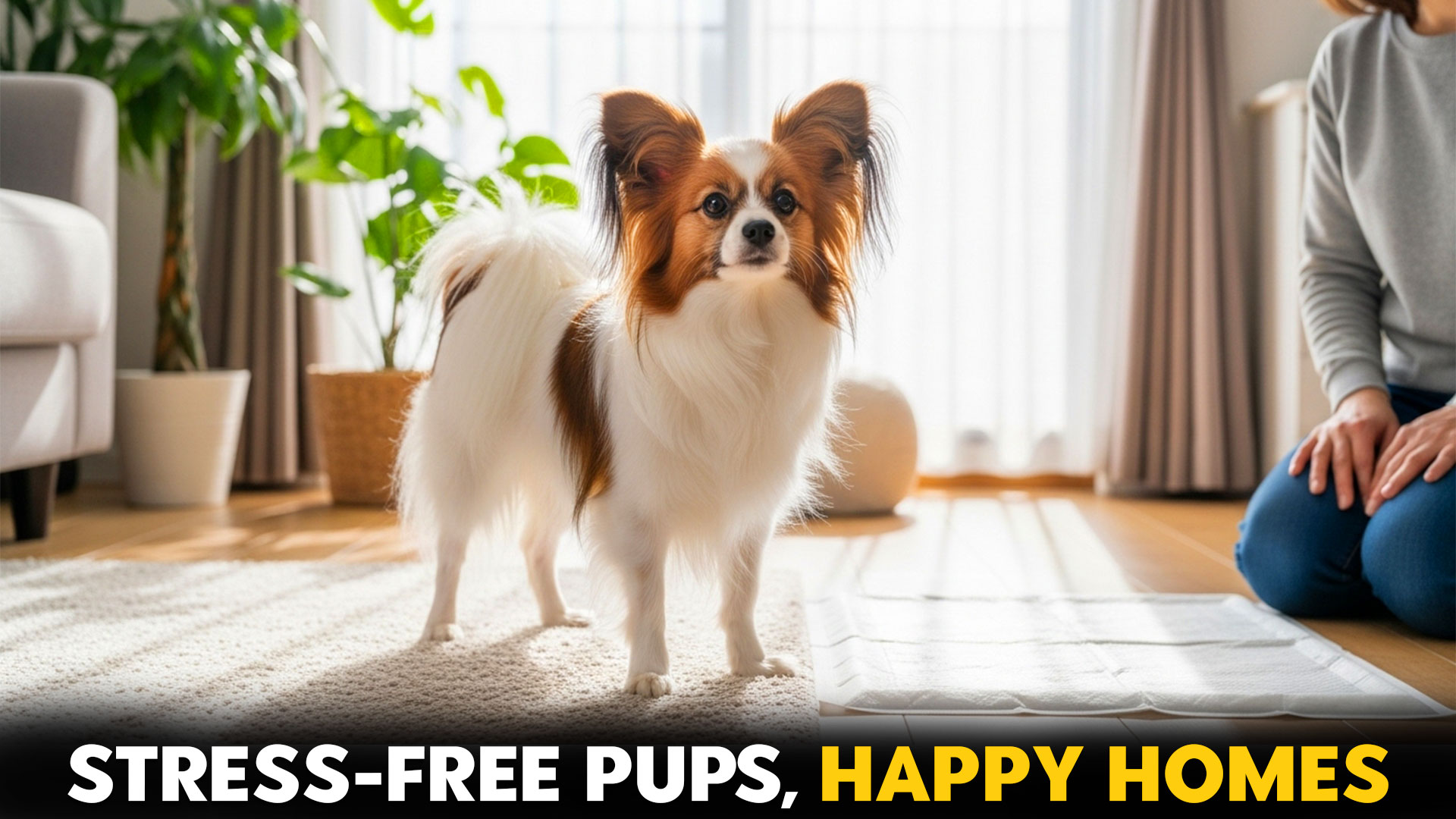Did you know that according to the American Kennel Club (AKC), consistent potty training significantly reduces stress for both dogs and owners? That’s right — a well-trained small pup is not only happier but also healthier and more confident in their daily routine.
For toy dog owners, that’s great news. These tiny companions might be small in size, but their personalities (and occasional mischief) are anything but.
Potty training your petite pooch doesn’t have to be a messy, frustrating ordeal. With the right approach — patience, positivity, and a sprinkle of treats — even the tiniest paws can learn where to go.
Imagine starting your mornings without surprises on the rug. Sounds dreamy, right?
In this blog, we’ll dive into toy dog breeds that are simple to potty train, helping you create a calm, cozy, and stress-free life for both you and your little furball.
Toy Dog Breeds Easy To Potty Train For Stress-Free Life
1. Toy Poodle
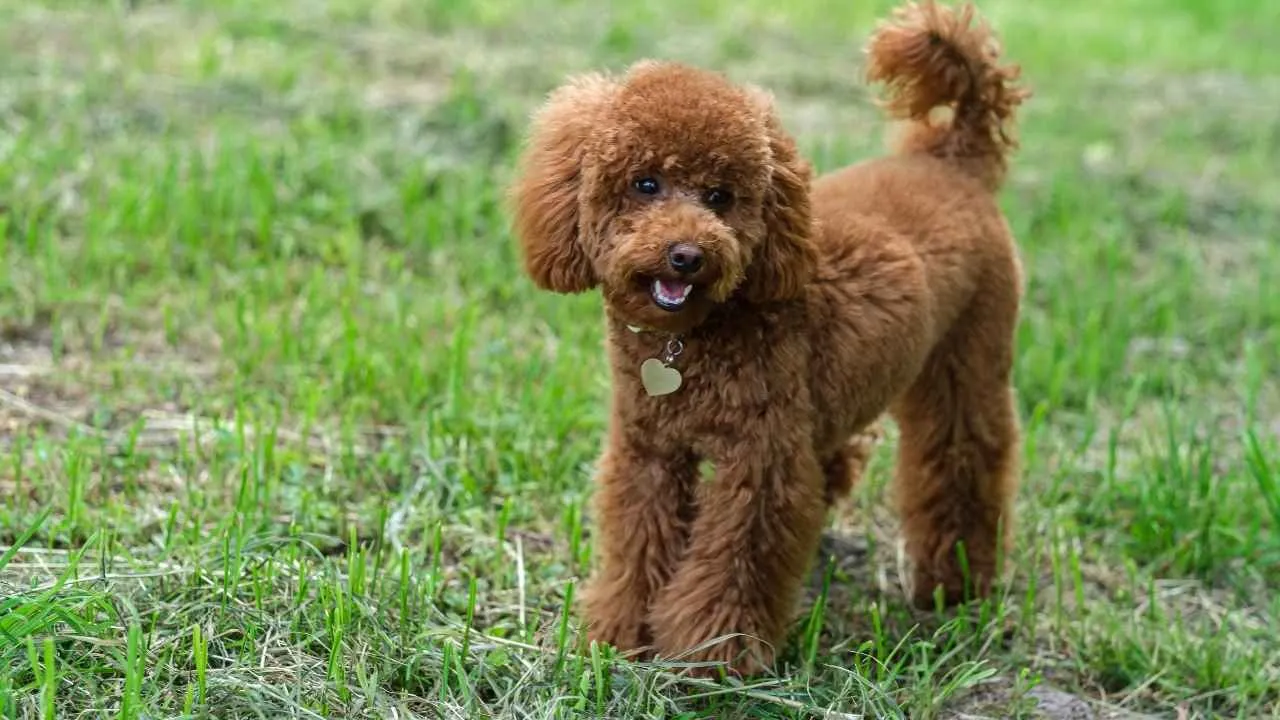
The Toy Poodle is the perfect mix of brains and beauty — small, stylish, and bursting with energy. Originally bred for companionship, they’re great for apartment dwellers or busy families who want a clever, active pup that doesn’t shed much. Their energy level is moderate to high, making them playful but not overwhelming.
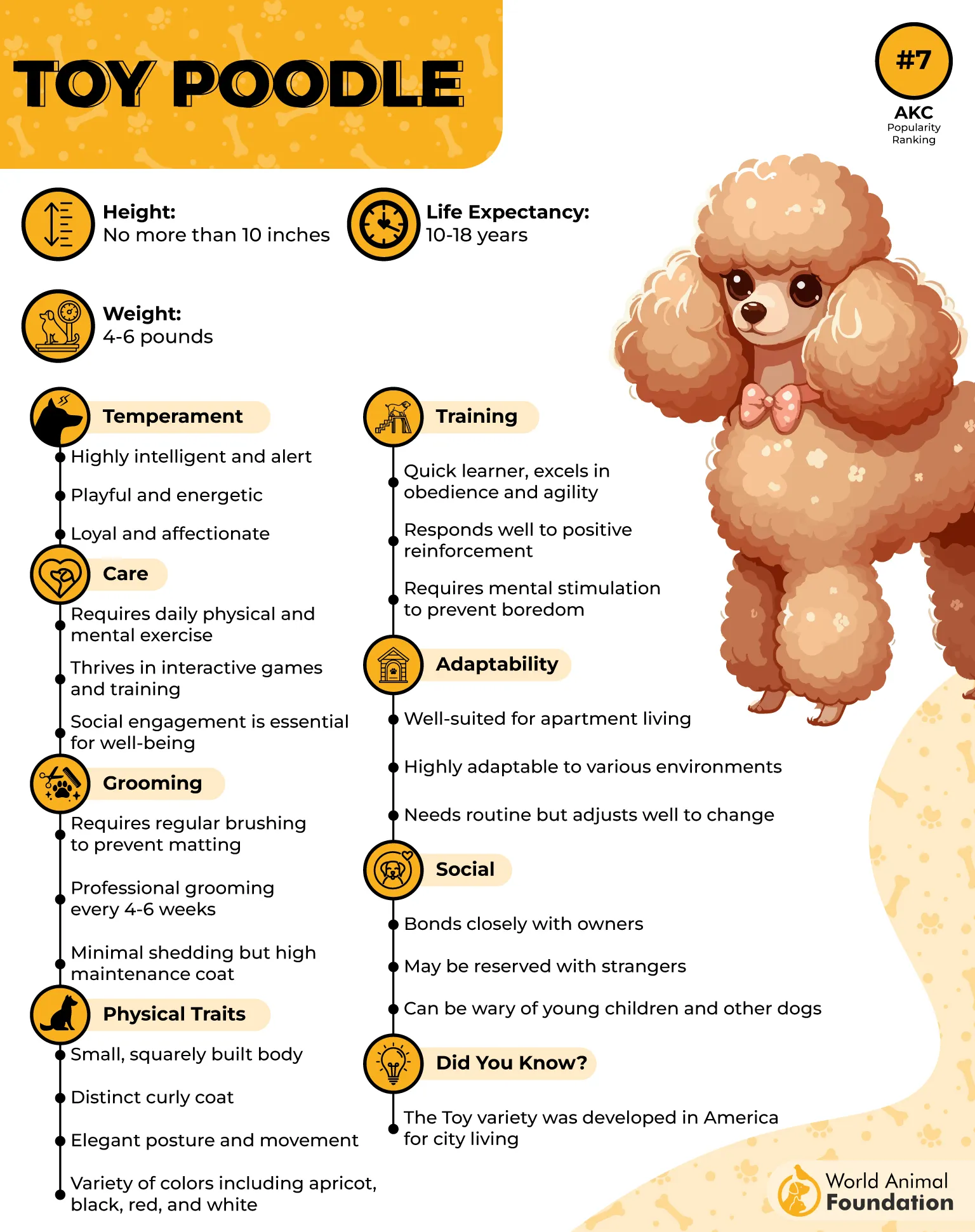
Don’t let their size fool you — Toy Poodles are quick learners with an impressive memory. They thrive on mental challenges and enjoy social time with humans and other dogs alike. Their intelligence is ranked among the top of all breeds, which makes training a breeze.
Training difficulty: Very Easy
Best methods: Crate training, positive reinforcement, routine walks
Avoid: Skipping mental enrichment — they get bored easily
Due to their hypoallergenic coat and affinity for routine, Toy Poodles bring calm structure to any home. Grooming takes effort, but their intelligence makes the process smooth.
Fun fact: Poodles were once circus performers due to their trainability — no wonder they ace potty training, too!
2. Papillon
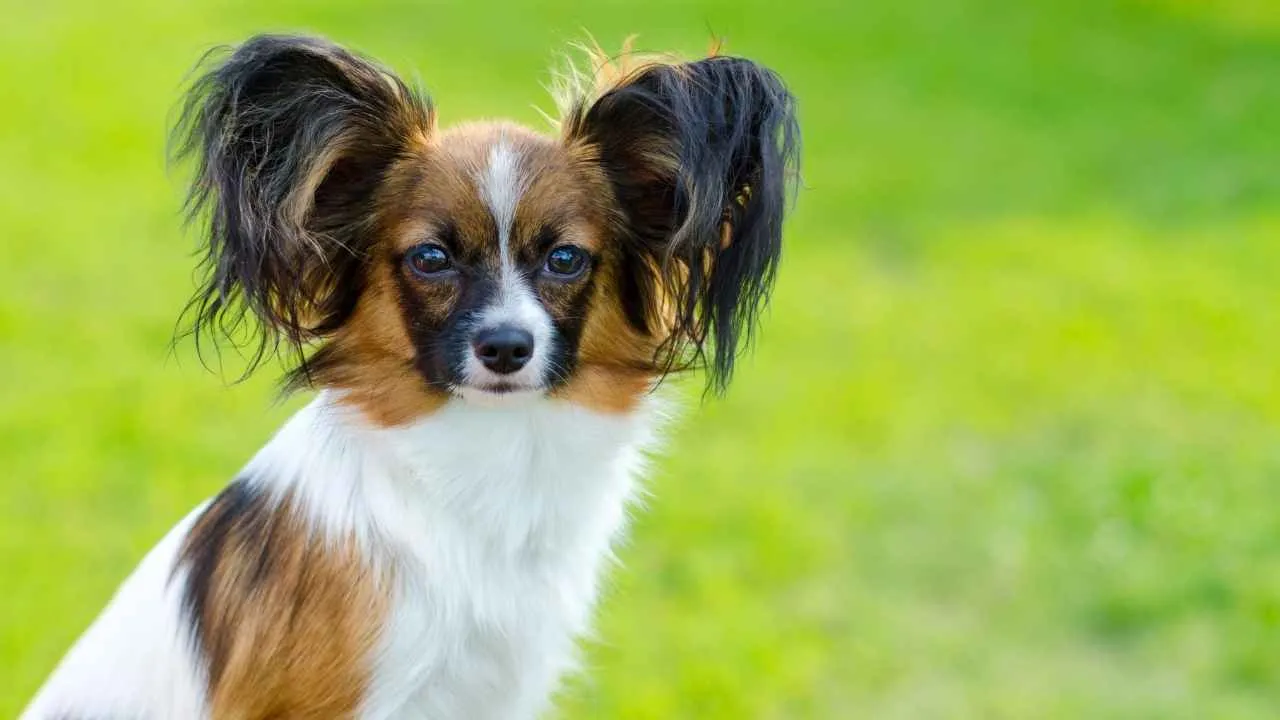
The Papillon, French for “butterfly,” gets its name from its signature wing-like ears — and it’s just as graceful as it sounds.
This toy-sized charmer is lively, friendly, and ideal for individuals seeking a small yet energetic companion. They have a spirited energy level that suits playful owners without being hyperactive.
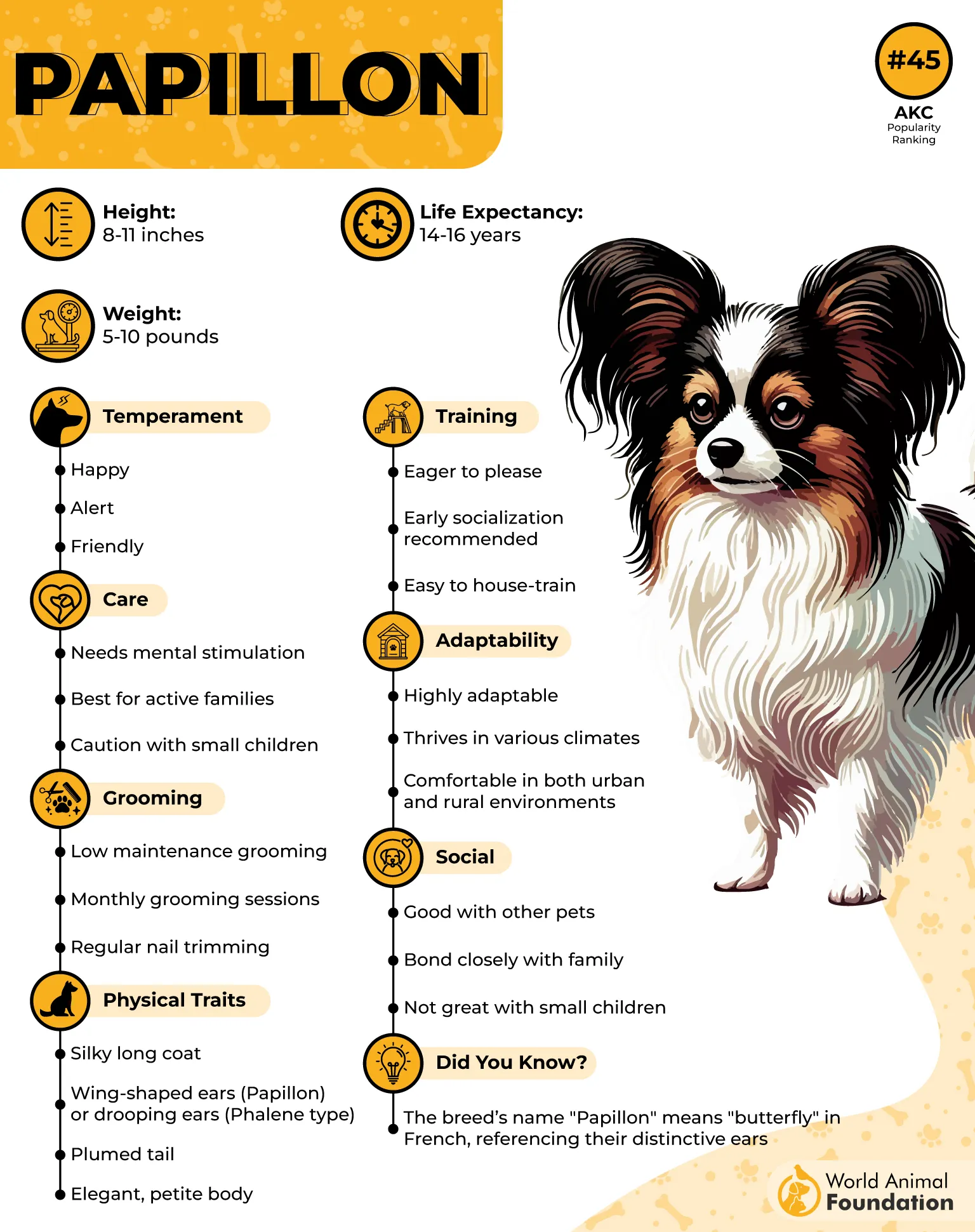
WebMD notes that Papillons are natural-born learners and social butterflies (pun intended). They adore human interaction and shine in obedience or agility training. Known for their alertness and intelligence, they quickly pick up on household rules — including where to potty.
Training difficulty: Easy
Best methods: Reward-based outdoor training, consistent cues
Avoid: Scolding — they’re sensitive to tone and thrive on praise
Their cheerful personality keeps your home upbeat and stress-free. Low grooming needs and a gentle nature make them low-maintenance companions.
Bonus fact: Papillons were beloved by royalty, including Marie Antoinette, who adored their elegance and charm.
3. Maltese
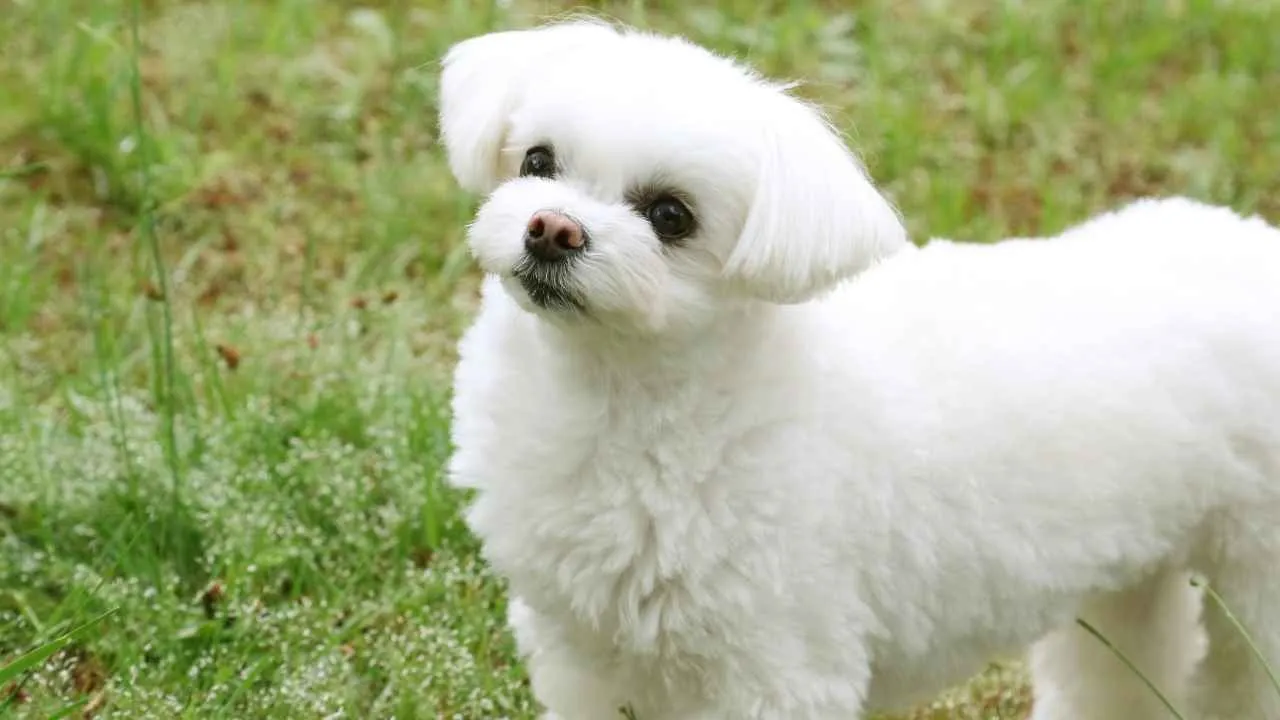
Elegant yet full of personality, the Maltese is like a little cloud with a heartbeat. They’re ideal for anyone craving a cuddle buddy who loves to nap as much as they love short walks.
With low-to-moderate energy, this breed fits beautifully into quiet households or city apartments and makes a great family dog.
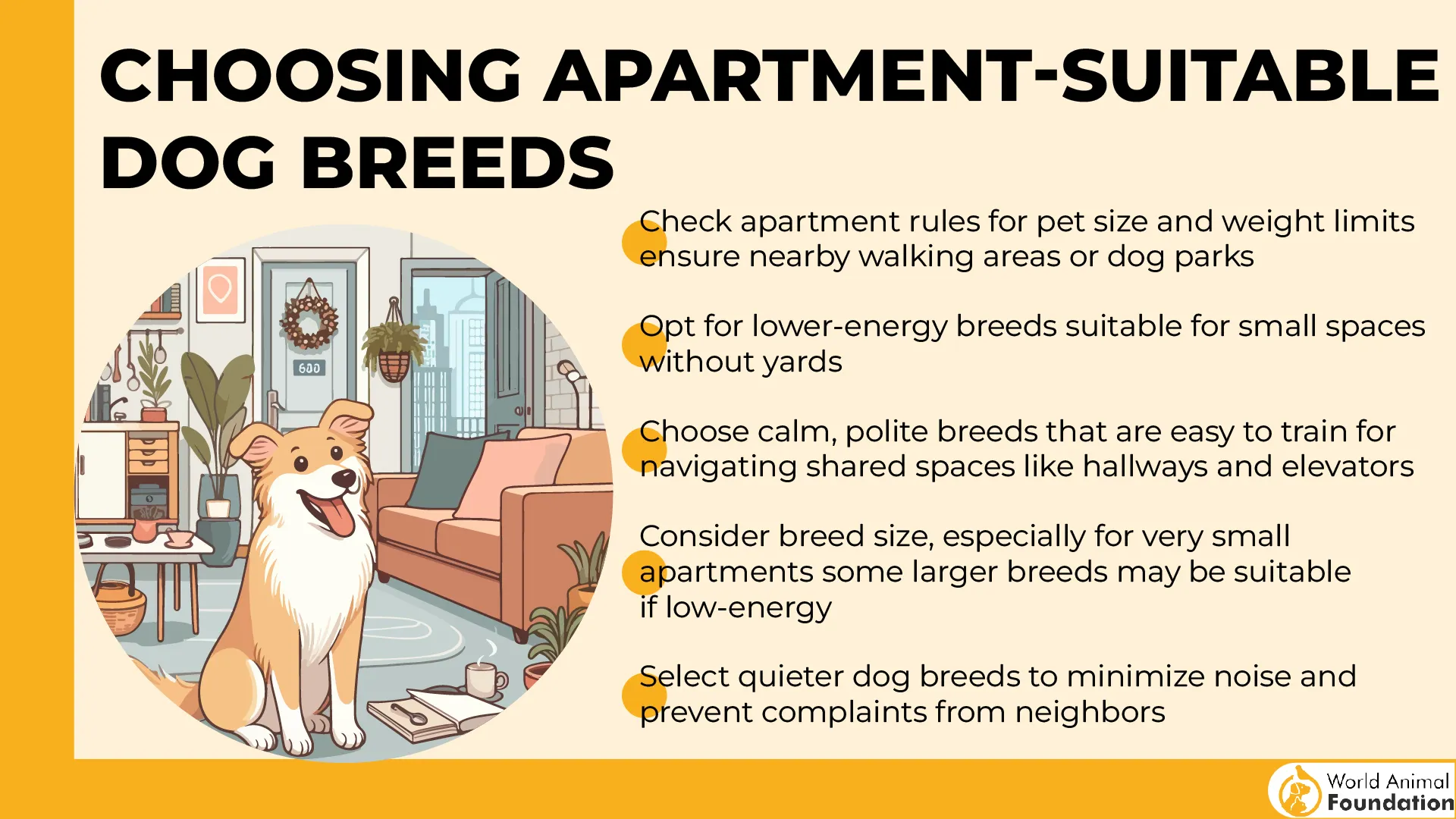
PetMD claims that behind their silky white coats is a sharp mind and a heart of gold. Maltese dogs are affectionate, eager to please, and respond quickly to gentle instruction. They’re social creatures who form deep bonds and easily adapt to routines.
Training difficulty: Moderate
Best methods: Pad training, gentle repetition, consistency
Avoid: Over-spoiling — they can become dependent and regress
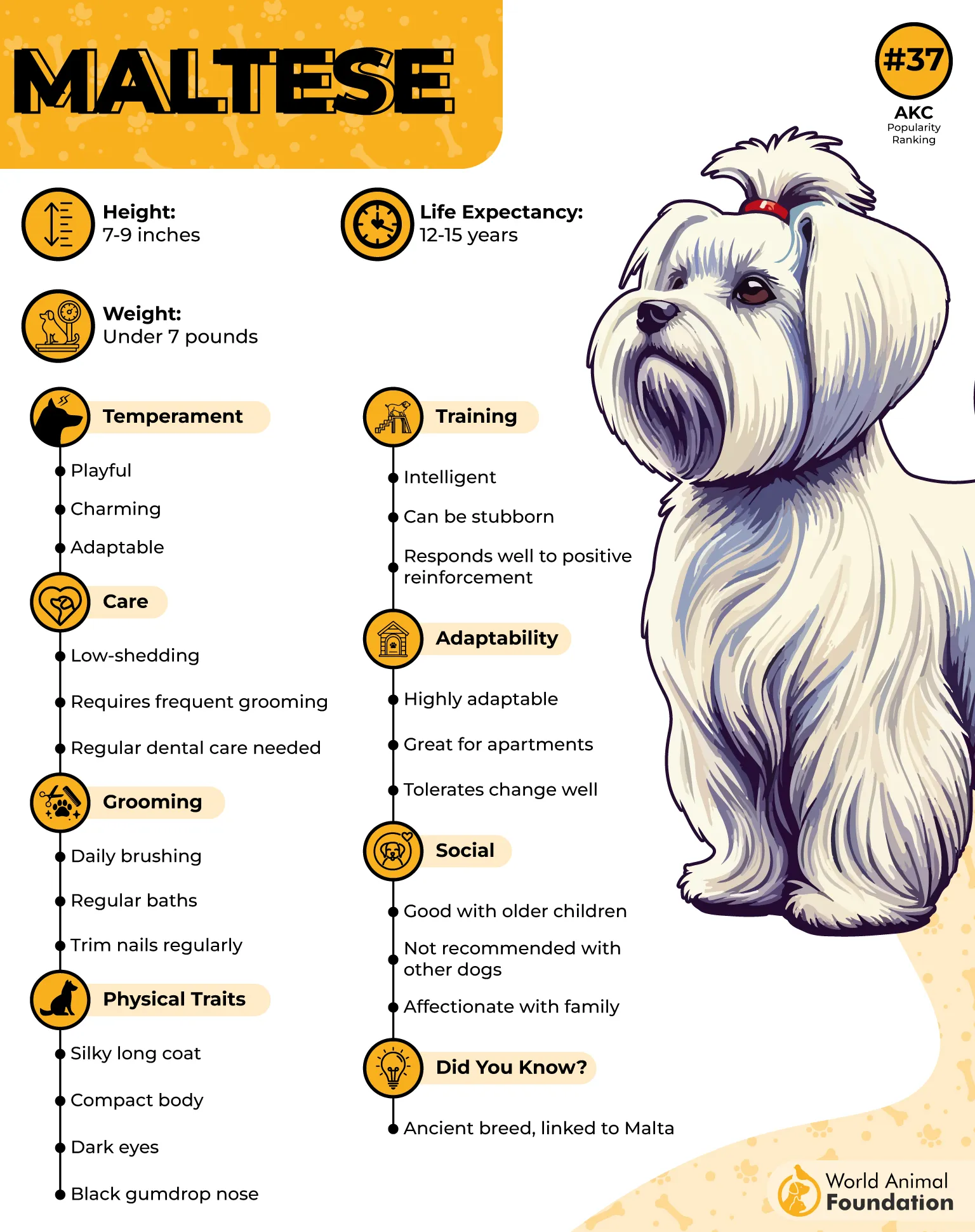
Their calm, loving presence creates a truly relaxing environment. Regular brushing and light exercise are enough to keep them happy and polished.
Fun fact: The Maltese is one of the oldest toy breeds, tracing back over 2,800 years — proving that charm never goes out of style.
4. Havanese
The Havanese, Cuba’s national dog, is the ultimate happy-go-lucky companion. They’re compact, charming, and perfect for families or individuals who want a playful yet relaxed friend. Their energy level is moderate — they love fun but also appreciate a good cuddle.
Hills Pet suggests that Havanese pups thrive on affection and human interaction. They’re bright, eager, and quick to understand routines, making potty training smooth and enjoyable. Their adaptable temperament suits both bustling homes and chill apartments.
Training difficulty: Easy
Best methods: Positive reinforcement, scheduled bathroom breaks, and outdoor walks
Avoid: Inconsistency — they learn best with clear routines
With their soft coats and joyful personalities, Havanese dogs turn daily life into sunshine. Their maintenance needs are lighthearted — regular brushing and plenty of hugs.
Fun tidbit: Havanese were once aristocratic lapdogs in Havana’s high society, which might explain their natural flair for luxury living!
5. Cavalier King Charles Spaniel
Graceful and endlessly affectionate, the Cavalier King Charles Spaniel melts hearts with one look. They blend royal elegance with a down-to-earth charm, making them perfect for calm homes and families with kids. Their energy level is moderate, offering a good balance of playtime and relaxation.
Cavaliers are emotional sponges — gentle, sensitive, and deeply connected to their owners. They’re smart and cooperative learners, thriving on love and gentle correction. Because they crave closeness, they excel at routines, including house training.
Training difficulty: Easy
Best methods: Crate training, reward-based structure, regular potty schedule
Avoid: Long isolation — they dislike being alone.
Their soothing presence makes them ideal therapy and comfort dogs. Light grooming, regular brushing, and short walks keep them content.
Fun fact: This breed was named after King Charles II of England, who was rarely seen without a few of them at his side — talk about royal devotion!
6. Bichon Frise
Cheerful, fluffy, and full of life — the Bichon Frise is like sunshine wrapped in fur. This sociable breed thrives on human attention and fits well into family or single-owner homes. Their moderate energy level keeps them active but not overwhelming, making them easy to manage indoors.
Bichons are intelligent and eager to please, though their playful nature sometimes distracts them mid-training. They’re social butterflies that get along with everyone, from kids to cats. Their curiosity makes potty training enjoyable if kept fun and structured.
Training difficulty: Moderate
Best methods: Crate and schedule-based training, praise, and treats
Avoid: Skipping routines — they need consistency
Their happy-go-lucky personality makes home life lighter and stress-free. Regular grooming keeps their white coat pristine and soft.
A sweet surprise: the Bichon was once a sailor’s companion, known to charm entire ports with its clownish antics and joyful heart.
7. Toy Fox Terrier
Small in size but bursting with confidence, the Toy Fox Terrier is a bold, intelligent little powerhouse. Ideal for owners who love an active, alert companion that fits perfectly in small spaces. Their energy level is high but focused — they love to play and learn.
These clever terriers are fiercely loyal and eager to impress. They respond beautifully to structured training sessions and enjoy mastering new tricks. Despite their spirited nature, they can adapt to a calm home life when properly exercised.
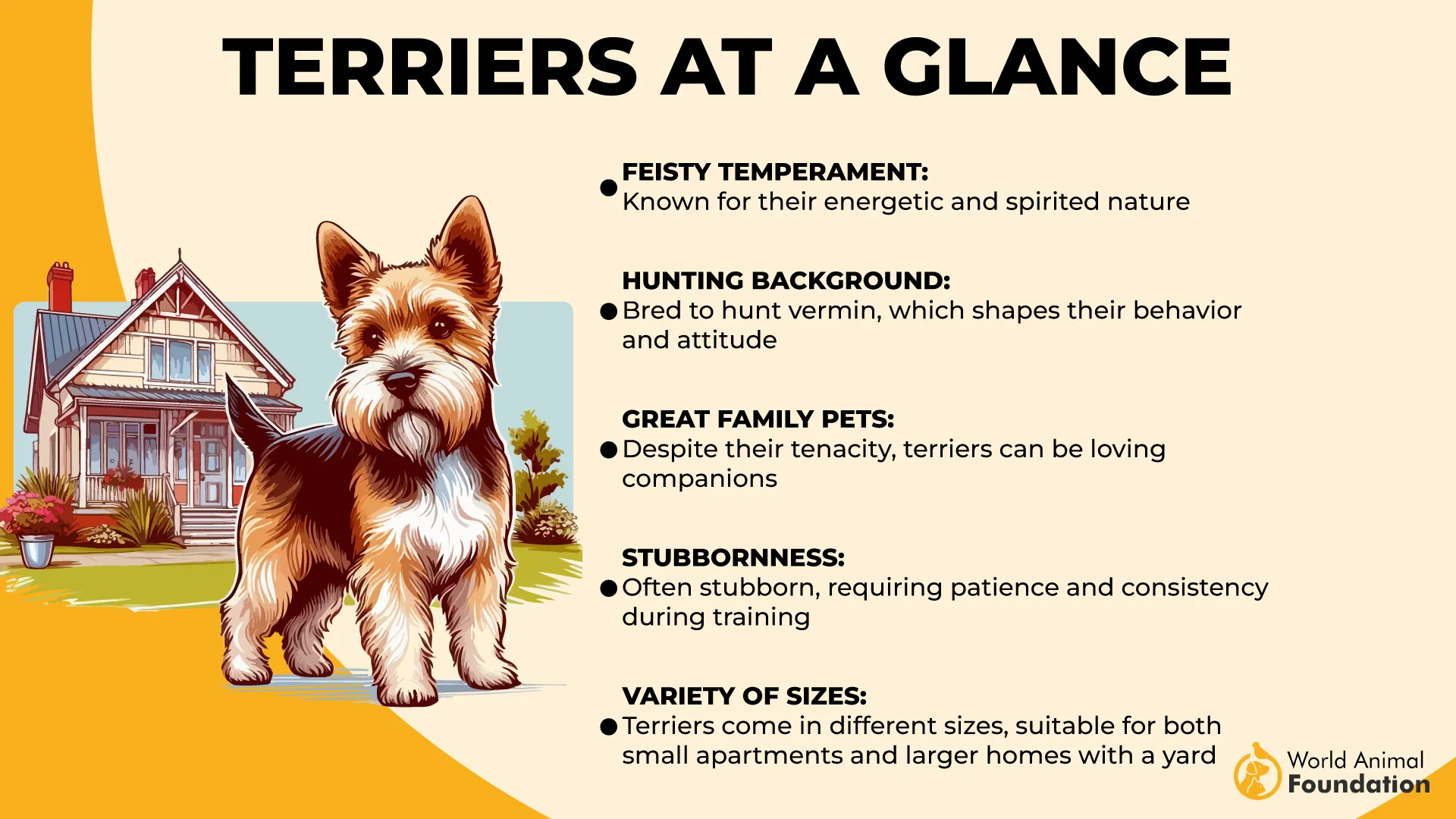
Training difficulty: Easy
Best methods: Crate and outdoor training, consistent verbal cues
Avoid: Harsh discipline — it dampens their enthusiasm
Toy Fox Terriers bring laughter and spark into every household. Minimal grooming and sharp intelligence make them wonderfully low-maintenance.
Fun fact: They were bred from Smooth Fox Terriers and small toy breeds — blending agility with charm in one tiny package.
FAQs
1. How long does it usually take to potty train a toy dog breed?
On average, toy dog breeds can learn the basics of potty training in four to six weeks, though some may take longer depending on age, routine, and consistency. With a steady schedule and positive reinforcement, many small pups begin showing progress within just a few days of starting the process.
2. What tips help make potty training a toy dog stress-free for owners?
Keep a consistent schedule, use tasty treats, and offer gentle praise when your pup succeeds. Crate training, patience, and regular outdoor breaks help create a calm, stress-free potty training process for both you and your tiny companion.
3. Do toy breeds have personality traits that make potty training easier or harder?
Yes! Many toy breeds are highly intelligent, affectionate, and eager to please — all great qualities for faster learning. However, their sensitive nature and small bladders mean they need frequent breaks and gentle correction to stay confident and successful.
Conclusion
Whether you’re drawn to small dog breeds or prefer tiny dogs with unique personalities, choosing the right pup makes all the difference. Each breed has its own rhythm — some adapt to the potty training process in just a few days, while others take their own pace, learning new habits with patience and love.
While our list focused on the easiest dogs like the Papillon and Toy Poodle, other breeds such as the Boston Terrier, Shih Tzu, Miniature Schnauzer, and Brussels Griffon also make fantastic family dogs and excellent therapy dogs. These small breeds are often easy to train, highly adaptable, and bring a friendly nature to every home environment.
No matter which small dogs you choose, remember that a well-behaved, affectionate dog starts with consistent mental stimulation, tasty treats, and daily walks. Spend time bonding, celebrate every milestone, and watch your dog learn new skills with joy — your perfect match might just be one wag away!


